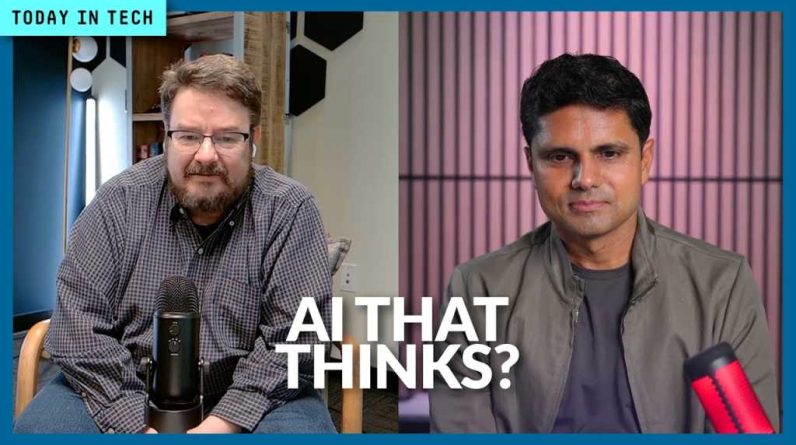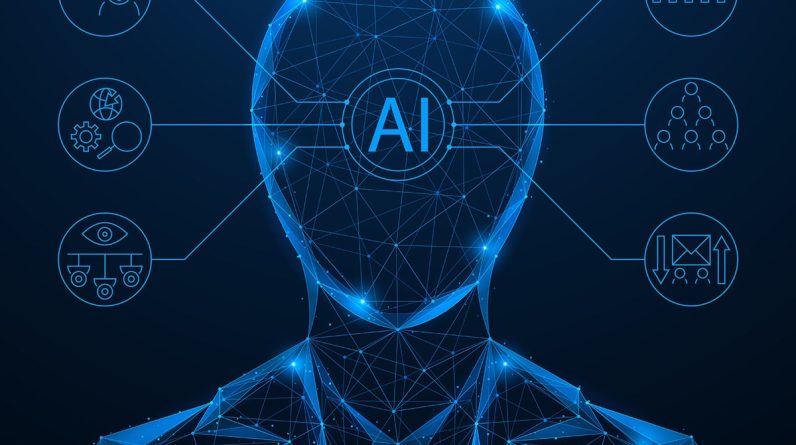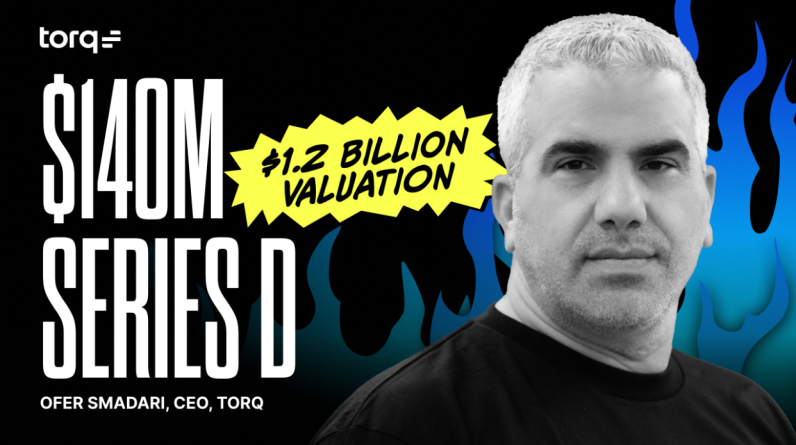
What started as basic email campaigns, marketing automation incorporates sophisticated systems now that drive personalised, multi channel customer experiences. As technology advances, several key trends are emerging in the world of marketing automation that significantly impacts how businesses engage with their audiences and optimise their strategies.
Automation powered by AI
Artificial Intelligence is at the forefront of market automation, enabling more sophisticated and personalised marketing strategies in a matter of minutes. AI powered tools can analyse vast amounts of data to identify patterns and predict customer behaviour. This allows marketers to deliver highly targeted campaigns that can lead to higher ROI. According to MarketsAndMarkets, the global marketing automation market is projected to reach $13.71 billion by 2030. This trend is expected to continue as AI algorithms become more advanced, driving automation to new heights.
AI’s role in automation extends to content creation, customer service, and even ad placement. For instance, AI-driven chatbots are now capable of handling complex customer queries, providing instant support, and improving customer satisfaction.
Hyper-personalisation
From what is understood, personalisation has been a key focus of marketing for years as it helps in increasing ROI by targeting the right segment of audience with relevant ads. Now, seemingly market automation is taking it to the next level with hyper-personalisation. This trend involves using automation tools to deliver highly customised experiences to individual customers based on their preferences, behaviours, and interactions with a brand. A study by McKinsey found that companies that excel at personalization generate 40% more revenue from those activities than average players.
Automation platforms are now capable of segmenting audiences into highly specific groups and delivering personalised content, offers, and recommendations in real-time. This level of personalisation helps to build stronger customer relationships, increase engagement, and drive conversions. As consumer expectations for personalised experiences continue to rise, hyper-personalization will become an essential component of successful marketing strategies.
Predictive analytics
Predictive analytics is reportedly changing the way marketers approach lead generation. By analysing historical data and identifying trends, predictive analytics tools can forecast future customer behaviours, thus enabling marketers to prioritise relevant leads and tailor their strategies accordingly. According to a report by Statista, the market for predictive analytics software was valued at $ 5.29 billion in 2020 and is expected to grow to $ 41.52 billion by 2028.
Customer data platforms
CDPs are becoming integral to market automation as they provide a unified view of customer data from various sources. By integrating CDPs with automation tools, marketers can gain deeper insights into customer behaviour, preferences and interactions, allowing for more accurate targeting and personalisation.
The integration of CDPs into automation platforms also enhances the ability to deliver real-time, contextually relevant messages. For example, if a customer interacts with a brand on social media, the CDP can immediately update their profile and trigger an automated response, such as a personalised offer or recommendation. This seamless integration of data and automation is essential for delivering the level of personalization that modern consumers expect.
Follow us on Twitter, Instagram, LinkedIn, Facebook








